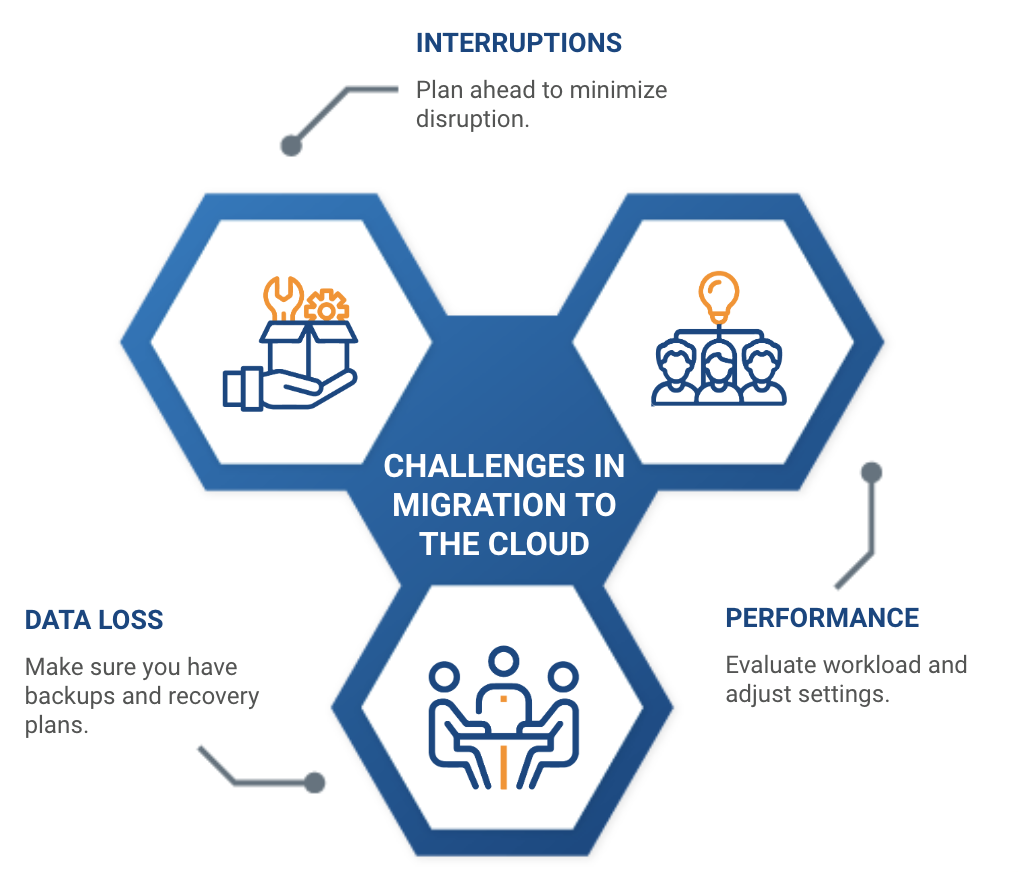
Cloud migration has become a key strategy for companies looking to improve their agility, reduce costs, and scale efficiently. However, the cloud migration process is not without its challenges.
From initial planning to implementation, each phase of the migration requires careful attention to ensure the transition is smooth and successful. We'll review best practices for a cloud migration that maximizes benefits and minimizes risks.

Why migrate to the cloud?
Before we delve into best practices, it is essential to understand the reasons why companies are migrating to the cloud. The main benefits include:
- Cost reduction: By eliminating the need to maintain physical infrastructure, companies can reduce significant operating expenses.
- Scalability: The cloud allows companies to quickly scale their resources according to demand, facilitating growth without large initial investments.
- Remote access: With cloud infrastructure, employees can access data and applications from anywhere, supporting flexible work models.
- Enhanced security: Cloud providers often offer advanced security measures, which exceed the capabilities of many companies to protect their data locally.
Best practices for a successful cloud migration
1. Strategic planning
The first step to a successful cloud migration is planning. It is essential to develop a clear strategy that defines the migration objectives, infrastructure requirements, and the steps necessary to minimize business disruption.
Some key considerations include:
- Evaluate the current environment: Before migrating, evaluate your current infrastructure, applications and data. This will help you identify what elements need to be moved to the cloud and what can be optimized or eliminated.
- Select the appropriate cloud model: There are different cloud models, such as public, private and hybrid cloud. Each model has its own advantages and challenges, so it is crucial to choose the one that best suits your company's needs.
- Establish a realistic schedule: Migration to the cloud does not happen overnight. Establish a schedule that includes realistic deadlines and ensure you have the time necessary to test and fine-tune the new infrastructure.

2. Choice of cloud provider
Selecting a cloud provider is one of the most important decisions in the migration process. Among the factors to consider are:
- Security capabilities: Make sure the provider offers robust security measures, such as data encryption, multi-factor authentication, and continuous monitoring.
- Additional support and services: Some providers offer managed services that can be helpful during and after the migration, such as 24/7 technical support, analysis tools, and disaster recovery services.
- Costs and flexibility: Evaluate cost structures and ensure that the provider offers flexible options that allow you to scale without incurring excessive expenses.
3. Equipment preparation
Migration to the cloud affects all departments of the company, so it is important to prepare your team for the change. Some recommendations include:
- Training: Make sure your staff is trained in the use of the new cloud infrastructure. This may include technical training for the IT team and workshops for employees who will use the migrated applications.
- Change of mentality: The transition to the cloud may require a cultural change in the company. Foster a mindset of innovation and flexibility, and ensure employees understand the business benefits of the cloud.

4. Cloud migration in stages
One of the most recommended best practices is to migrate to the cloud in stages. Instead of moving all your apps and data to the cloud at once, consider a phased approach:
- Phased migration: Start by migrating less critical applications to test the process and fix any problems before moving more important applications.
- Testing and tuning: After each migration phase, perform extensive testing to ensure that everything is working correctly. Adjust settings as necessary to improve performance and security.
5. Security and Regulatory Compliance
Data security is a top concern for businesses migrating to the cloud. To ensure your migration is secure:
- Implement security controls: Establish clear data access policies and ensure they are enforced through multi-factor authentication and data encryption.
- Regulatory compliance: Ensure that your migration complies with applicable rules and regulations, such as GDPR or HIPAA, depending on the industry in which you operate.
Common challenges in cloud migration
Despite the benefits of the cloud, companies may face several challenges during migration, such as:
Service interruptions
During the migration, some applications or services may be temporarily offline. Plan ahead to minimize disruption.
Data loss
Migration involves the transfer of large amounts of data, which carries the risk of loss or corruption of information. Make sure you have backups and disaster recovery plans.

Performance issues
Applications migrated to the cloud can have performance issues if they are not optimized correctly. Assess workload and adjust cloud settings as necessary.
Migrating to the cloud is a crucial step for companies looking to modernize their operations and stay competitive in an ever-changing business environment.
By following best practices, such as careful planning, choosing the right vendor, preparing the team, and a phased migration, companies can maximize the benefits of the cloud and minimize the risks.
In the end, a successful transition to the cloud not only improves operational efficiency, but also positions the company for sustained future growth and success.
Do you need software developers for your cloud migration? At Rootstack, we have +14 years of experience supporting companies in their digital transformation.


